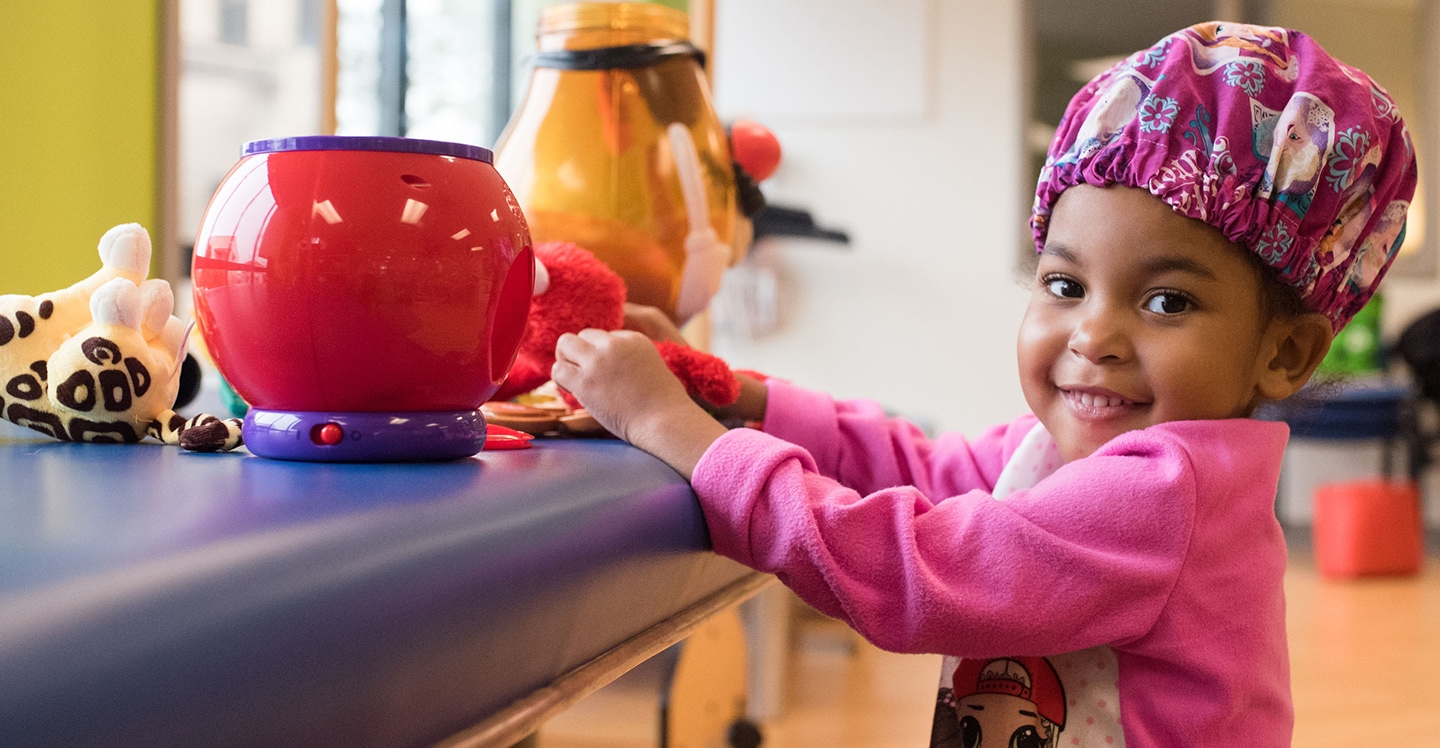Changing Behaviour Service
Our Changing Behaviour Service
- Specialists and Dentists as One Team
- Initial Dental Assessment
- All Types of Dental Services
- Safety by Credentials
- Dental Implant Experience
- Innovation
- 3D Imaging Center
- On-site Laboratory
- “Same Day” Dentistry
- “Same Day” Dental Implants
- Innovative Clinic Design
- Complimentary Consultations
- Insurance and Financing
- Services Cost
The Procedure of Changing Behaviour Service
Although each procedure varies subtly, there are some basic guidelines to treat cavities, and they are followed by all dental professionals.
- The patient is anesthetized using local anesthesia such as Carbocaine for short procedures, Lidocaine for medium length sessions, and Marcaine for multiple fillings. Patients with feelings of anxiety may be offered Nitrous Oxide (laughing gas) for the duration of the treatment. Only in extreme cases, the patient is given IV sedation or general anesthesia and may be referred to a more suitable dental setting such as a hospital.
- The area to be treated is secured by latex sheet that protects the tooth and keeps it dry during the procedure. It also prevents the debris from entering the oral region keeping the patient comfortable. For multiple fillings, when the treatment may require extended period of time, a bite block is used to help the patient keep their mouth open in a relaxed position without any strain on the jaw muscles.
- In case of composite fillings, the shade is chosen to closely mimic the appearance of the surrounding dentition.
- The decay is removed using a high-speed handpiece, slow-speed handpiece, laser or the combination of all three devices. The prepared surface may be etched with an appropriate solution to remove any remaining bacteria and create a porous layer for adhesive purposes. Amalgam or resin material is placed in small increments using hand instruments. The biting surface is then checked and adjusted as necessary.
Filling placement is necessary to treat cavities and prolong the longevity of the natural teeth. With today’s technology continuously improving, new methods are developed to benefit the patients and ensure their positive oral health for a lifetime.


